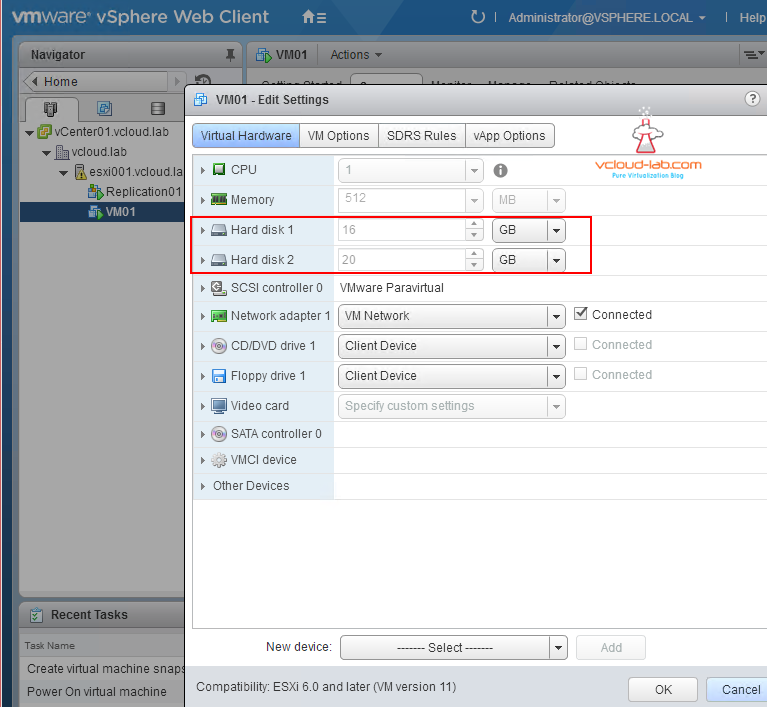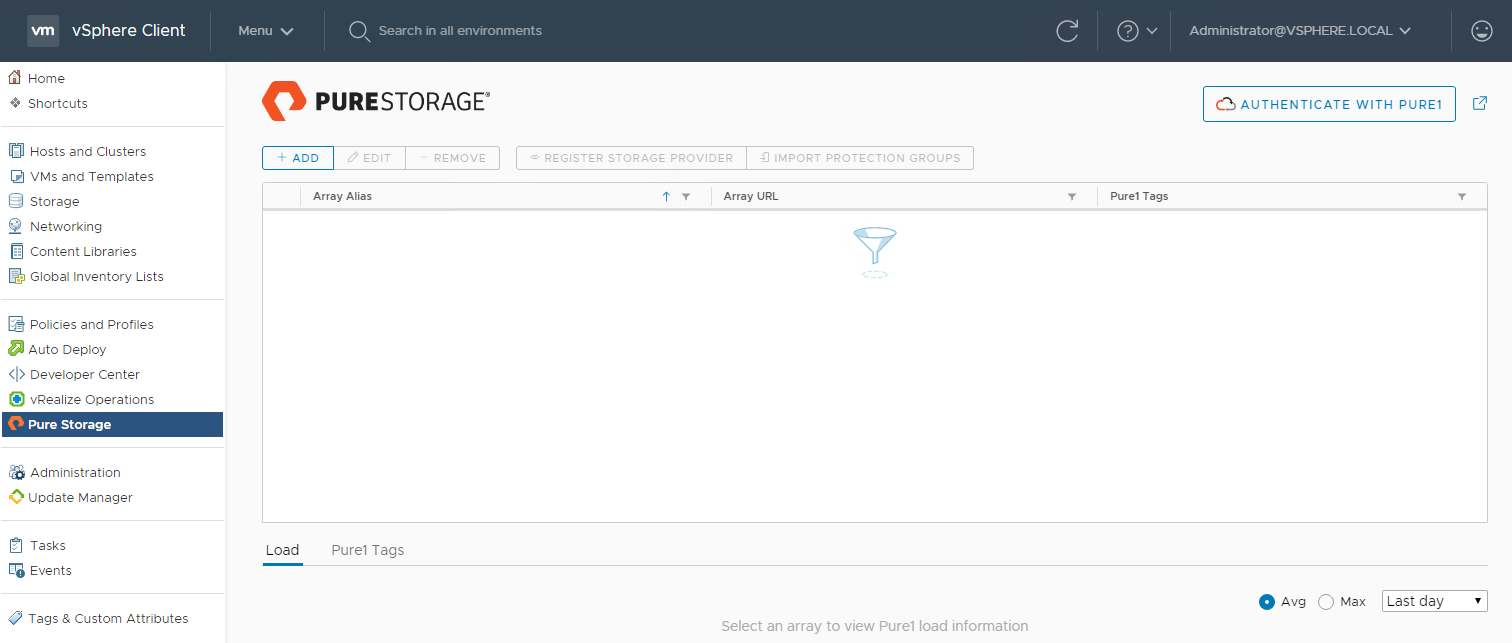

Run the following command to list all the Virtual Machines registered in the host. Log into the ESX/ESXi host using a SSH client.Ģ. Here are the steps to find any running jobs which cannot be seen in the vSphere client.ġ. The method we look for these background jobs is by logging into the host via SSH where the problem Virtual Machine is running. These background jobs cannot be seen in the “Task and Event” tab in the vCenter server or in the “Recent Tasks”. We should always be aware that certain jobs for any given Virtual Machine may be running in the background which will not allow any changes/operations in the Virtual Machine. With that set of checks, we can now go on to the next step, and this comes back to my hunch because of the error message which I noticed in the “Recent Task”. To know what privileges are required, I always refer to the Required Privileges for Common Tasks section in: Virtual Machine Administration Guide. In the examples above, the role “Virtual Machine Administrator” is not a default role, it is created with privileges to Administrate Virtual Machines. The Virtual Machine Administrator group is assigned with “Virtual Machine Administrator” role. Go to the VMs and Templates view and make sure the folder where the Virtual Machine located has all required privileges assigned.In the below example, VM1,VM2 and VM3 are located in the folder Test.

Apply the required permissions to the user/group.


The customer had a very small environment, so I did not spend too much time checking the complete permissions given for the entire vSphere environment. Permissions are not set correctlyįirst I checked the permissions given to that virtual machine. My initial hunch was that there was a job running for the virtual machine in the background, but I needed to verify it wasn’t a permissions problem.


 0 kommentar(er)
0 kommentar(er)
